What are the industry standards for the quality inspection of Right Angle Waveguide To Coaxial Adapters?
Quality inspection standards for Right Angle Waveguide To Coaxial Adapters are crucial for ensuring optimal performance in microwave and RF applications. These standards encompass various aspects including mechanical specifications, electrical parameters, and environmental testing requirements. The inspection process must verify that each adapter meets strict industry requirements for VSWR (Voltage Standing Wave Ratio), insertion loss, power handling capability, and mechanical integrity. This comprehensive guide explores the essential quality inspection standards that manufacturers and testing facilities must follow to ensure the reliability and performance of Right Angle Waveguide To Coaxial Adapters.
Mechanical Inspection Requirements and Standards
Dimensional Accuracy and Tolerance Verification
The mechanical inspection of Right Angle Waveguide To Coaxial Adapters begins with precise dimensional measurements. Advanced Microwave manufactures Waveguide to Coaxial Adapters covering a full frequency range for Rectangular Waveguides, with multiple flange and coaxial connector types and configurations available. Each adapter must undergo thorough dimensional inspection using calibrated measuring instruments. Critical dimensions include waveguide internal dimensions, flange measurements, and coaxial connector specifications. The inspection process involves checking flatness, perpendicularity, and surface finish quality. Industry standards typically require tolerances within ±0.001 inches for critical dimensions, ensuring proper mating with connecting components and maintaining optimal RF performance across the specified frequency range.
Surface Finish and Plating Quality Assessment
Surface finish quality significantly impacts the electrical performance of Right Angle Waveguide To Coaxial Adapters. The inspection process evaluates the uniformity and thickness of plating materials, typically gold or silver, using specialized measurement equipment. Surface roughness measurements must meet industry standards, usually specified in microinches Ra (arithmetic average roughness). The plating thickness must be verified to ensure adequate conductivity and corrosion resistance. Any surface imperfections, such as scratches, pits, or inconsistent plating, must be identified and evaluated against acceptance criteria. The inspection also includes verification of proper threading on connector interfaces and examination of contact surfaces for optimal electrical conductivity.
Mechanical Interface and Assembly Verification
The mechanical interface inspection focuses on the proper alignment and assembly of the Right Angle Waveguide To Coaxial Adapter components. This includes checking the accuracy of mounting holes, flange flatness, and proper assembly of all components. The inspection process verifies that all mechanical interfaces meet industry standards for proper mating with corresponding components. Torque specifications for fasteners must be verified, and the overall mechanical integrity of the assembly must be confirmed. The inspection also includes checking for proper sealing against environmental factors and verification of any special coating or treatment applications that might be required for specific operating environments.
Electrical Performance Testing Standards
RF Performance Measurement Protocols
The RF performance testing of Right Angle Waveguide To Coaxial Adapters requires sophisticated measurement protocols. Advanced Microwave's testing procedures incorporate comprehensive RF measurements using state-of-the-art network analyzers and test equipment. The inspection process includes measuring VSWR across the entire operating frequency range, typically requiring values better than 1.5:1 for most applications. Insertion loss measurements must demonstrate minimal signal attenuation, usually specified in dB per unit length. Phase stability and group delay measurements are also critical parameters that must be verified against specified tolerances. The testing protocols must account for environmental conditions and ensure repeatability of measurements.
Power Handling and Breakdown Testing
Power handling capability verification is essential for Right Angle Waveguide To Coaxial Adapters. The testing process includes both average and peak power handling measurements. Advanced Microwave's testing procedures verify that each adapter can handle specified power levels without degradation or failure. High-power testing involves gradually increasing power levels while monitoring temperature rise and VSWR stability. Voltage breakdown testing ensures that adapters maintain their integrity under high-power conditions. The inspection process must also verify proper heat dissipation and thermal management characteristics of the adapter assembly.
Cross-Polarization and Isolation Testing
Cross-polarization and isolation measurements are critical for maintaining signal integrity in Right Angle Waveguide To Coaxial Adapters. The testing process involves measuring isolation between orthogonal polarizations and verifying that cross-polarization levels meet specified requirements. Advanced Microwave's testing procedures ensure minimal signal leakage and optimal isolation performance. The inspection includes verification of mode conversion characteristics and proper suppression of unwanted modes. These measurements must be performed across the entire operating frequency range to ensure consistent performance under various operating conditions.
Environmental Testing and Reliability Standards
Temperature Cycling and Thermal Shock Testing
Environmental testing for Right Angle Waveguide To Coaxial Adapters includes rigorous temperature cycling and thermal shock evaluations. Advanced Microwave's testing procedures subject adapters to extreme temperature variations to verify mechanical and electrical stability. The inspection process involves monitoring VSWR and insertion loss characteristics during and after temperature cycling. Temperature ranges typically span from -55°C to +85°C or broader, depending on application requirements. The testing must verify that all mechanical interfaces maintain their integrity and that electrical performance remains within specified limits throughout the temperature range.
Humidity and Salt Spray Exposure Testing
Humidity and corrosion resistance testing are essential aspects of environmental qualification. Right Angle Waveguide To Coaxial Adapters must maintain their performance under varying humidity conditions and demonstrate resistance to corrosive environments. Advanced Microwave's testing procedures include exposure to controlled humidity environments and salt spray testing according to industry standards. The inspection process verifies that plating and surface treatments provide adequate protection against environmental factors. Post-exposure testing includes verification of electrical parameters and mechanical integrity to ensure long-term reliability.
Vibration and Mechanical Shock Testing
Mechanical environmental testing includes vibration and shock exposure to verify structural integrity. Right Angle Waveguide To Coaxial Adapters must maintain their performance under various mechanical stress conditions. Advanced Microwave's testing procedures include random vibration testing, sinusoidal vibration exposure, and mechanical shock testing. The inspection process verifies that all mechanical interfaces remain secure and that electrical performance is maintained after exposure to mechanical stress. Testing protocols must follow industry standards for vibration profiles and shock levels based on intended application requirements.
Conclusion
Quality inspection standards for Right Angle Waveguide To Coaxial Adapters encompass a comprehensive set of mechanical, electrical, and environmental requirements. These standards ensure reliable performance across diverse applications while maintaining signal integrity and mechanical stability. Proper implementation of these standards is crucial for achieving optimal system performance and long-term reliability.
At Advanced Microwave Technologies Co., Ltd (ADM), we pride ourselves on maintaining the highest quality standards in the industry. With our state-of-the-art laboratories equipped with advanced measurement equipment up to 110 GHz, ISO:9001:2008 certification, and over 20 years of experience, we ensure every product meets or exceeds industry standards. Whether your application is in satellite communications, defense, aerospace, or navigation, our professional R&D team and strict quality control processes guarantee superior performance and reliability. Contact us at sales@admicrowave.com to discuss your specific requirements and experience the ADM difference.
References
1. IEEE Standard 287-2007, "IEEE Standard for Precision Coaxial Connectors (DC to 110 GHz)."
2. MIL-STD-202G, "Test Method Standard Electronic and Electrical Component Parts."
3. IEC 60068-2-14, "Environmental Testing - Part 2-14: Tests - Test N: Change of Temperature."
4. MIL-STD-883K, "Test Method Standard, Microcircuits."
5. ASTM B488-01, "Standard Specification for Electrodeposited Coatings of Gold for Engineering Uses."
6. IPC-A-610G, "Acceptability of Electronic Assemblies."
YOU MAY LIKE
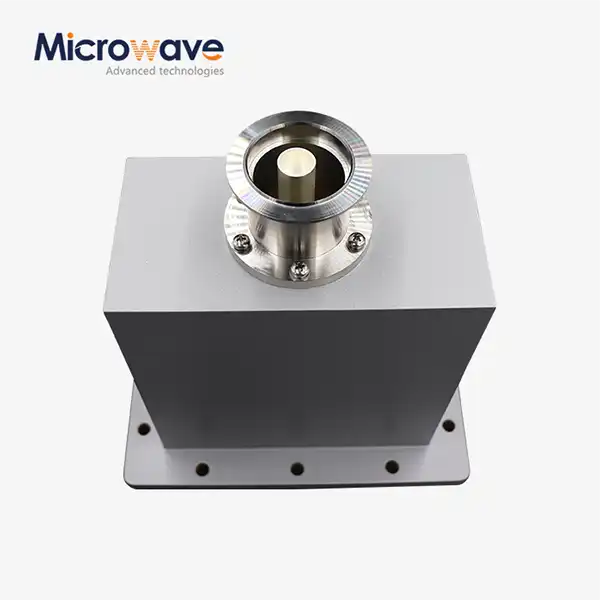 VIEW MOREEnd Launch Waveguide to Coaxial Adapter
VIEW MOREEnd Launch Waveguide to Coaxial Adapter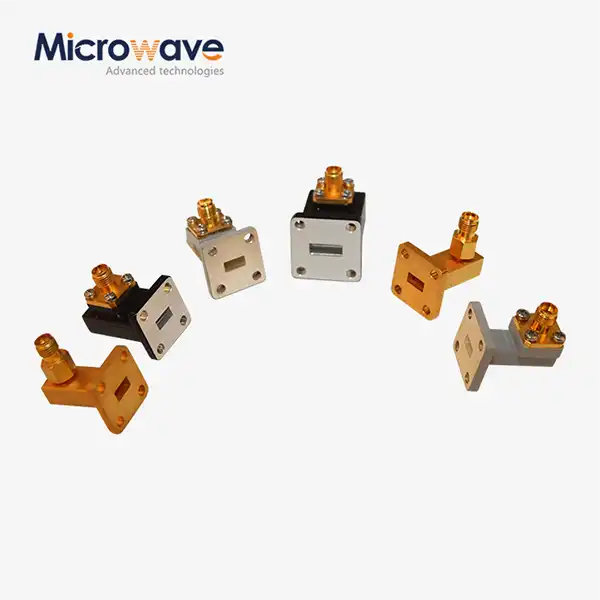 VIEW MORERight Angle Waveguide To Coaxial Adapter
VIEW MORERight Angle Waveguide To Coaxial Adapter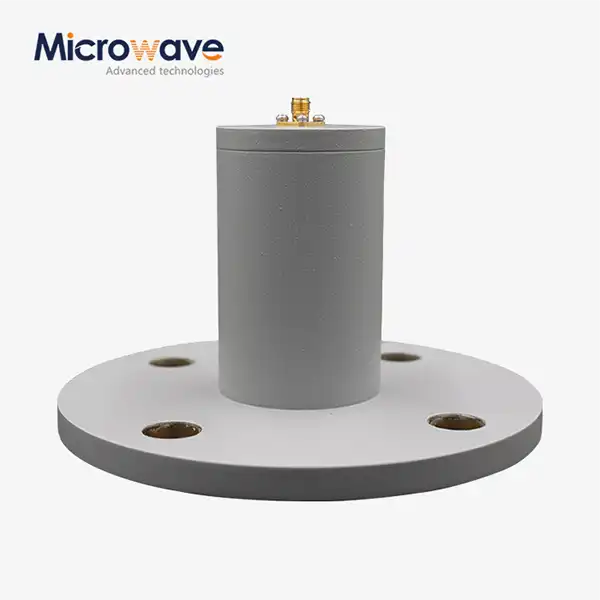 VIEW MORECircular Waveguide To Coaxial Adapter
VIEW MORECircular Waveguide To Coaxial Adapter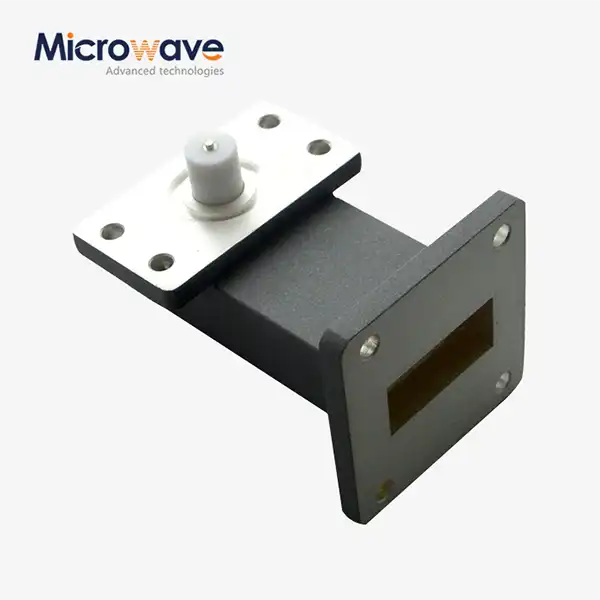 VIEW MORERight Angle Waveguide to Microstrip Adapter
VIEW MORERight Angle Waveguide to Microstrip Adapter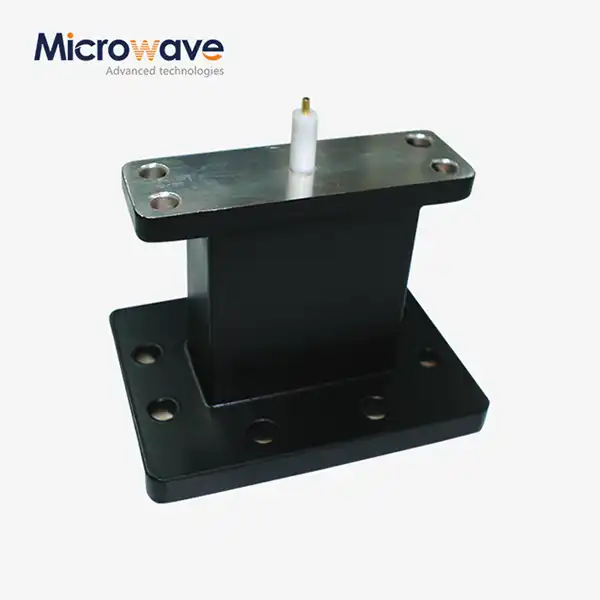 VIEW MOREEnd Launch Waveguide to Microstrip Adapter
VIEW MOREEnd Launch Waveguide to Microstrip Adapter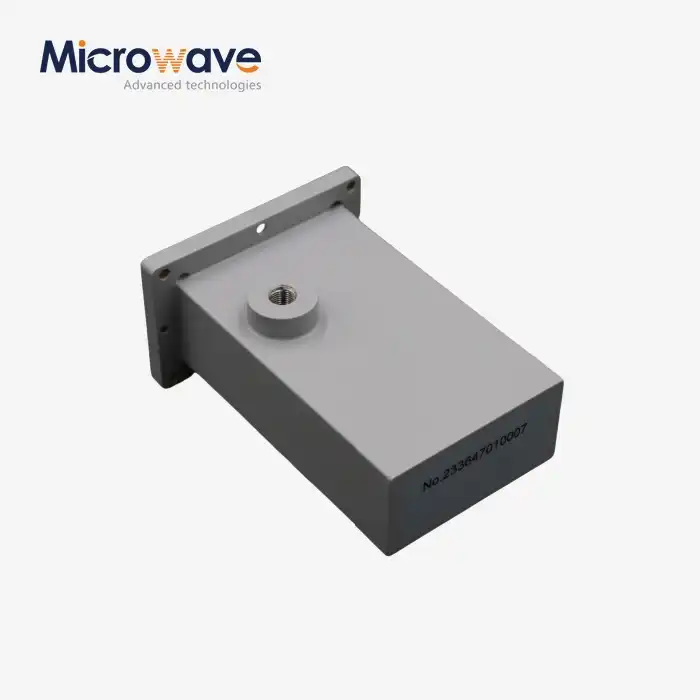 VIEW MOREWG Termination
VIEW MOREWG Termination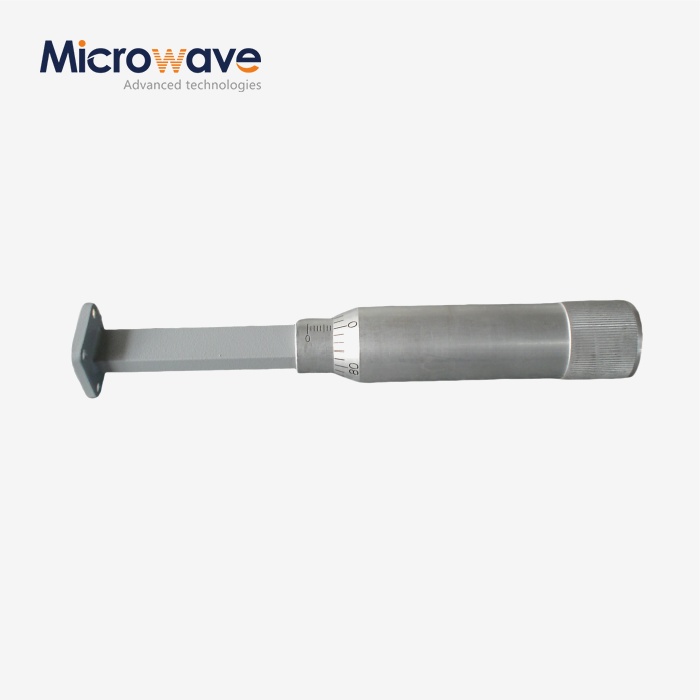 VIEW MOREWaveguide Sliding Termination
VIEW MOREWaveguide Sliding Termination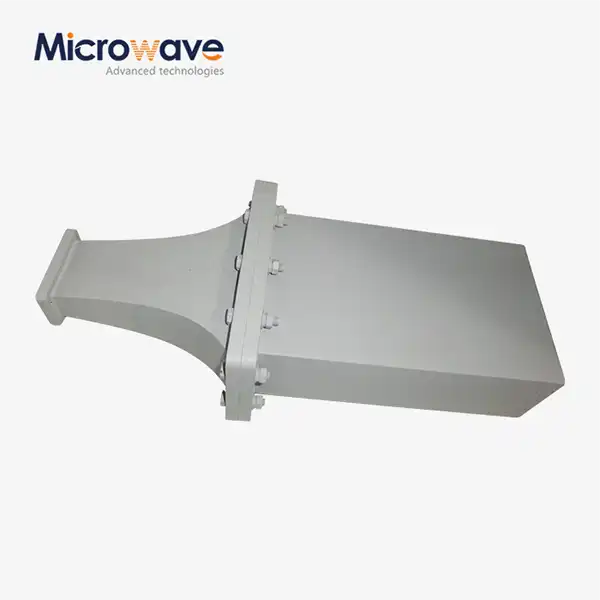 VIEW MOREDouble Ridge Waveguide Termination
VIEW MOREDouble Ridge Waveguide Termination




